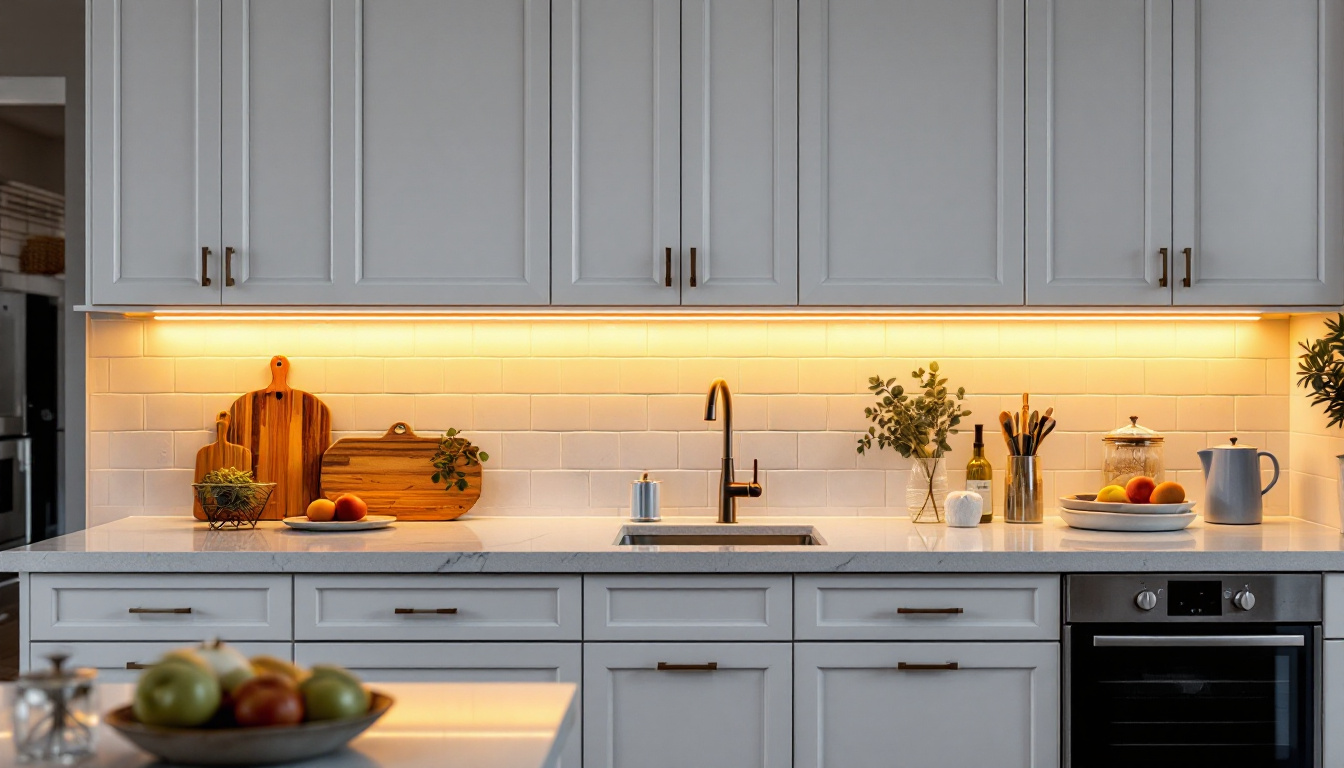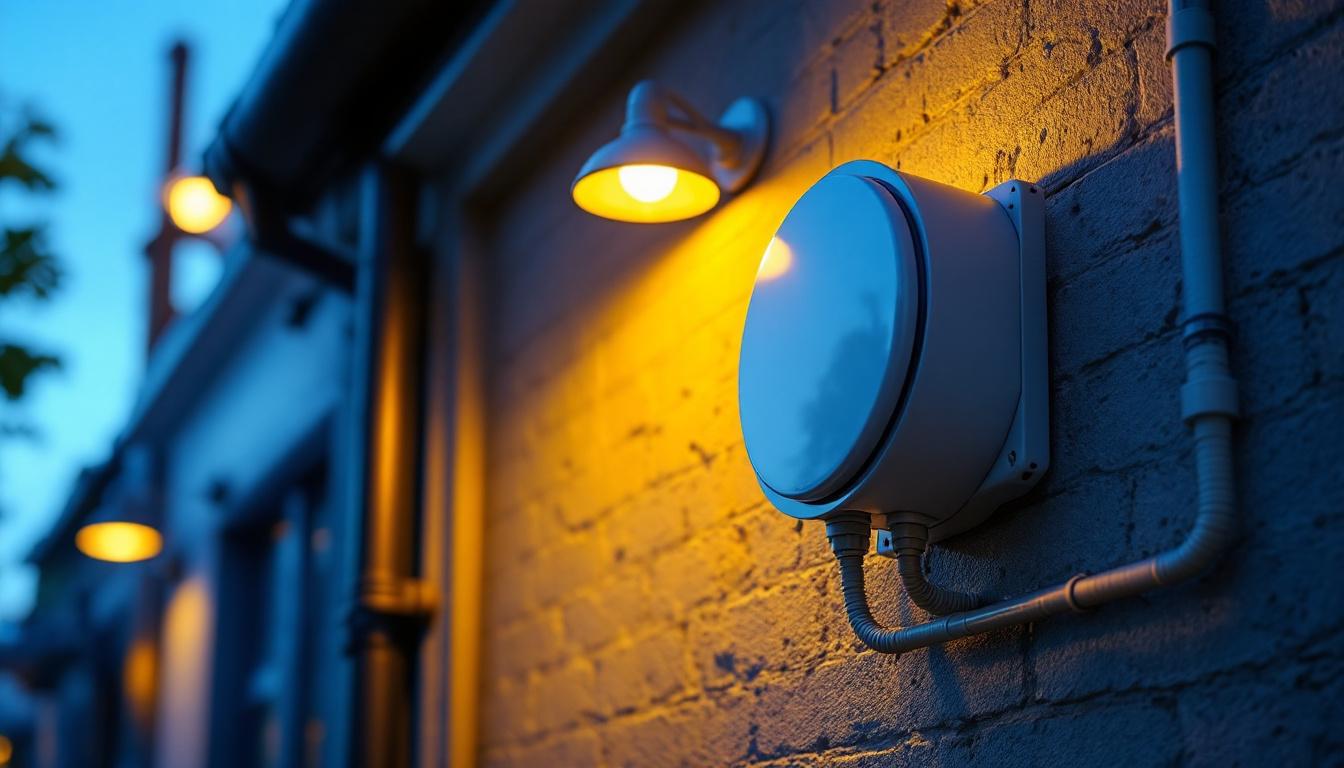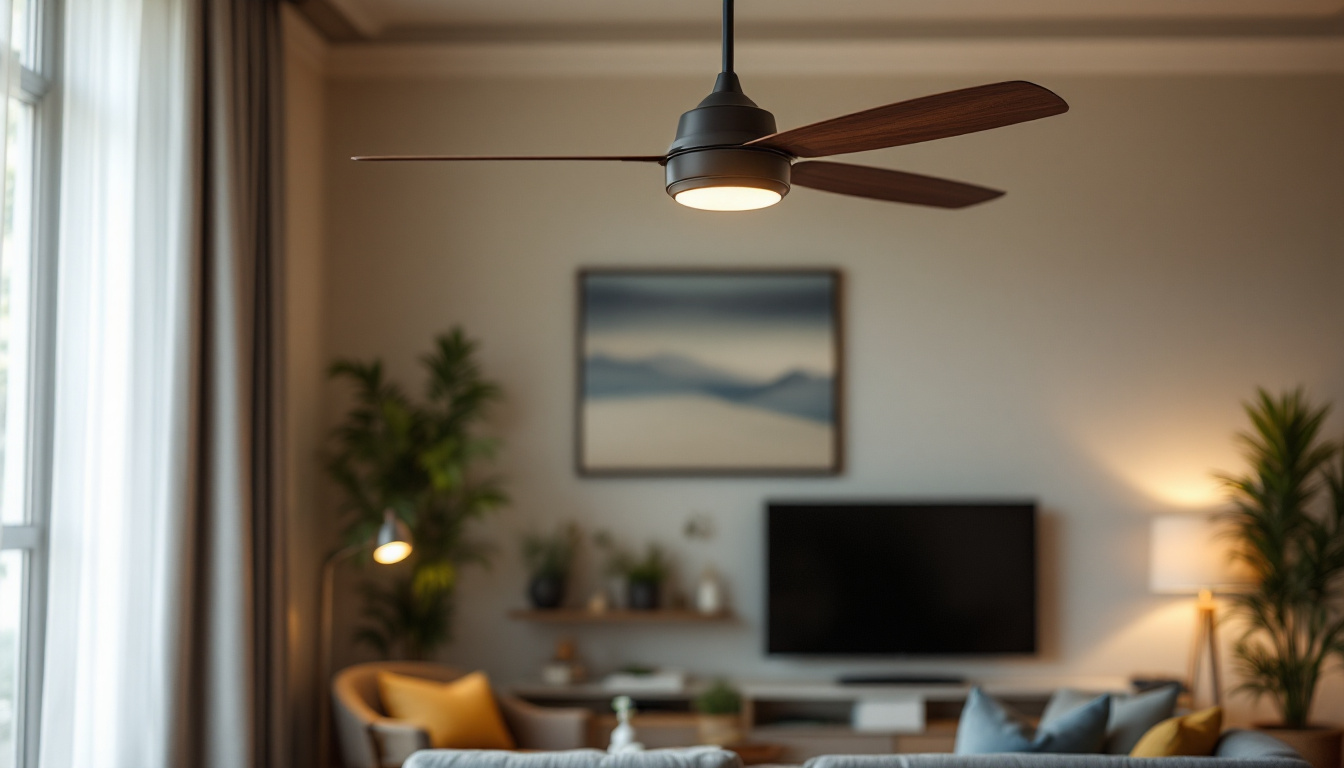
As the demand for energy-efficient lighting solutions continues to rise, many lighting contractors are finding themselves at the forefront of a significant transition. The shift from fluorescent lights to LED lights is not just a trend, but a necessary evolution in the industry. This guide aims to provide lighting contractors with essential insights and practical steps for effectively replacing fluorescent lights with LED alternatives.
LED lighting has gained immense popularity due to its numerous advantages over traditional fluorescent lights. Understanding these benefits is crucial for contractors looking to advise their clients effectively. As the demand for energy-efficient solutions continues to rise, being knowledgeable about LED technology can set contractors apart in a competitive market.
One of the most compelling reasons to switch to LED lights is their energy efficiency. LED lights consume significantly less power compared to fluorescent bulbs, often using up to 75% less energy. This reduction in energy consumption not only lowers electricity bills for clients but also contributes to a smaller carbon footprint, aligning with global sustainability goals. Moreover, the decreased energy demand can lead to a reduced load on electrical systems, which can be particularly beneficial in large commercial buildings where energy management is a priority.
LED lights boast a much longer lifespan than fluorescent lights, often lasting up to 25,000 hours or more. This longevity means less frequent replacements, reducing maintenance costs and labor for contractors. Additionally, LEDs are more durable and resistant to breakage, making them suitable for a variety of environments, including industrial settings. Their solid-state construction also means they are less susceptible to temperature fluctuations and vibrations, making them ideal for outdoor applications and areas with high foot traffic, where traditional bulbs might fail more quickly.
LEDs provide superior light quality, offering better color rendering and brightness. Unlike fluorescent lights, which can flicker and produce a harsh glow, LED lights deliver a consistent and comfortable illumination. This quality is essential for creating inviting spaces in residential and commercial settings. Furthermore, LEDs can be designed to emit a range of color temperatures, from warm white to cool daylight, allowing for customization based on the specific needs of the environment. This versatility not only enhances aesthetic appeal but also supports various activities, from focused tasks in office spaces to creating a cozy atmosphere in homes.
In addition to their energy efficiency and longevity, LED lights have a significantly lower environmental impact compared to traditional lighting options. Unlike fluorescent bulbs, which contain hazardous materials like mercury, LEDs are free from such toxins, making them safer for both consumers and the environment. The reduced energy consumption associated with LEDs also means less reliance on fossil fuels, further promoting cleaner air and a healthier planet. As more individuals and businesses become environmentally conscious, the shift towards LED lighting represents a proactive step towards sustainability.
While the initial investment in LED lighting may be higher than that of traditional bulbs, the long-term savings are undeniable. The combination of lower energy bills and reduced maintenance costs leads to a quicker return on investment. Many governments and utility companies also offer incentives and rebates for switching to LED technology, making it an even more appealing option for clients. By highlighting these financial benefits, contractors can effectively persuade clients to embrace LED lighting as a smart economic choice that pays off in the long run.
Before making the switch, it’s essential for contractors to assess the existing fluorescent lighting system. This assessment will guide the selection of appropriate LED replacements and ensure a smooth transition.
Contractors should begin by evaluating the current light levels in the space. This involves measuring the foot-candles or lux levels to determine if the existing lighting meets the needs of the environment. Understanding the required illumination levels will help in selecting LED lights that provide adequate brightness.
Not all LED lights are compatible with existing fluorescent fixtures. Contractors must identify whether the current fixtures can accommodate LED tubes or if retrofitting is necessary. In some cases, a complete fixture replacement may be the best option to achieve optimal performance and efficiency.
Many clients may want to incorporate dimming capabilities or smart lighting controls into their new LED systems. Contractors should assess the existing control systems and determine if they can be integrated with LED technology. This consideration can enhance energy savings and provide clients with more flexibility in managing their lighting.
Once the assessment is complete, the next step is selecting the right LED products. With a wide variety of options available, contractors need to be well-informed to make the best choices for their clients.
One of the most critical aspects of selecting LED lights is understanding wattage equivalencies. Contractors should ensure that the LED replacements provide equivalent or greater light output than the fluorescent bulbs they are replacing. This often involves consulting manufacturer specifications to find the right wattage and lumen output.
Color temperature plays a significant role in the ambiance of a space. LED lights come in various color temperatures, typically measured in Kelvin (K). Contractors should consider the intended use of the space when selecting color temperatures, opting for warmer tones in residential settings and cooler tones in commercial environments.
Not all LED products are created equal. Contractors should prioritize reputable brands known for their quality and reliability. Investing in high-quality LED lights can prevent issues such as flickering or premature failure, ensuring client satisfaction and reducing warranty claims.
Installing LED lights requires careful attention to detail to ensure optimal performance and safety. Following best practices during installation can help contractors avoid common pitfalls.
Before installation, contractors must ensure the safe disposal of old fluorescent lights. These bulbs contain hazardous materials, such as mercury, and should be disposed of in accordance with local regulations. Many areas have designated recycling programs for fluorescent lights, and contractors should familiarize themselves with these options.
When replacing fluorescent lights with LEDs, it is crucial to ensure that the electrical system is compatible. This may involve checking the ballast type and determining whether it needs to be bypassed or replaced. Contractors should also verify that the voltage and wattage ratings align with the new LED products.
After installation, thorough testing is essential to confirm that the new LED lights are functioning correctly. This includes checking for flickering, ensuring proper dimming functionality, and verifying that the light levels meet the client’s expectations. Addressing any issues promptly can enhance client satisfaction and build trust.
Once the installation is complete, educating clients about the benefits of their new LED lighting is vital. This knowledge empowers clients to make informed decisions about their lighting needs in the future.
Clients will appreciate understanding the energy savings associated with their new LED lights. Providing them with a comparison of their previous fluorescent energy consumption versus the new LED system can illustrate the financial benefits clearly. This information can also serve as a selling point for contractors when discussing future projects.
Clients should be informed about the maintenance requirements of their new LED lights. Unlike fluorescent bulbs, which may require frequent replacements, LEDs typically need minimal upkeep. Educating clients on the expected lifespan and performance of their new lights can help manage expectations and enhance satisfaction.
For clients interested in modernizing their lighting systems further, contractors can introduce smart lighting solutions. These systems allow for remote control, scheduling, and integration with other smart home devices. Educating clients on these options can position contractors as knowledgeable professionals who are attuned to the latest trends in lighting technology.
As contractors navigate the transition from fluorescent to LED lighting, they may encounter common concerns from clients. Addressing these concerns proactively can help build trust and confidence.
One of the most frequent concerns is the initial cost of LED lights compared to fluorescent options. While LEDs may have a higher upfront cost, it is essential to emphasize the long-term savings associated with their energy efficiency and longevity. Providing clients with a cost-benefit analysis can help alleviate concerns about the initial investment.
Some clients may worry that LED lights do not provide the same quality of light as fluorescent bulbs. Contractors should reassure clients that modern LED technology offers excellent color rendering and a variety of color temperatures to suit different applications. Demonstrating the light quality in a controlled setting can also help dispel these concerns.
With growing awareness of environmental issues, clients may question the environmental impact of LED lights. Contractors can explain that LEDs are more energy-efficient, reducing greenhouse gas emissions. Additionally, LEDs do not contain hazardous materials like mercury, making them a safer choice for the environment.
The lighting industry is constantly evolving, and staying informed about future trends can help contractors remain competitive. Understanding these trends can also guide contractors in making recommendations to clients.
As technology advances, smart lighting solutions are becoming increasingly popular. These systems allow users to control their lighting via smartphones or voice-activated devices. Contractors should familiarize themselves with these technologies to offer clients innovative solutions that enhance convenience and energy savings.
Human-centric lighting focuses on creating lighting environments that promote well-being and productivity. This trend emphasizes the importance of color temperature and intensity adjustments throughout the day to mimic natural light patterns. Contractors can explore options for integrating human-centric lighting into their projects, appealing to clients interested in enhancing their spaces.
As energy regulations continue to evolve, contractors should stay informed about any changes that may impact their work. Additionally, many regions offer incentives for energy-efficient upgrades, including LED lighting. Understanding these regulations and incentives can help contractors guide clients in maximizing their investments.
Replacing fluorescent lights with LED lights presents a valuable opportunity for lighting contractors to enhance their service offerings and meet the growing demand for energy-efficient solutions. By understanding the benefits of LED lighting, assessing existing systems, selecting the right products, and educating clients, contractors can navigate this transition successfully. Embracing future trends and addressing common concerns will further solidify their position as trusted experts in the field. As the lighting industry continues to evolve, staying informed and adaptable will be key to long-term success.
Ready to take the next step in upgrading your lighting services? At LumenWholesale, we provide lighting contractors with the highest quality, spec-grade LED products at unbeatable wholesale prices. Say goodbye to local distributor markups and hello to a vast selection of reliable lighting solutions that meet the most rigorous industry standards. With free shipping on bulk orders, you can stock up on premium lighting without worrying about hidden fees or compromises. Elevate your projects with the perfect combination of quality, affordability, and convenience. Discover wholesale lighting at the best value today and light up your clients’ spaces with confidence.

Discover expert insights from top lighting contractors on the benefits and installation tips for hardwired LED under cabinet lighting.

Discover the science of light fixtures and elevate your expertise as a lighting contractor.

Discover why round exterior electrical boxes are becoming essential in the lighting industry.

Discover the secrets to finding the best deals on ceiling fans with insights from expert lighting contractors.